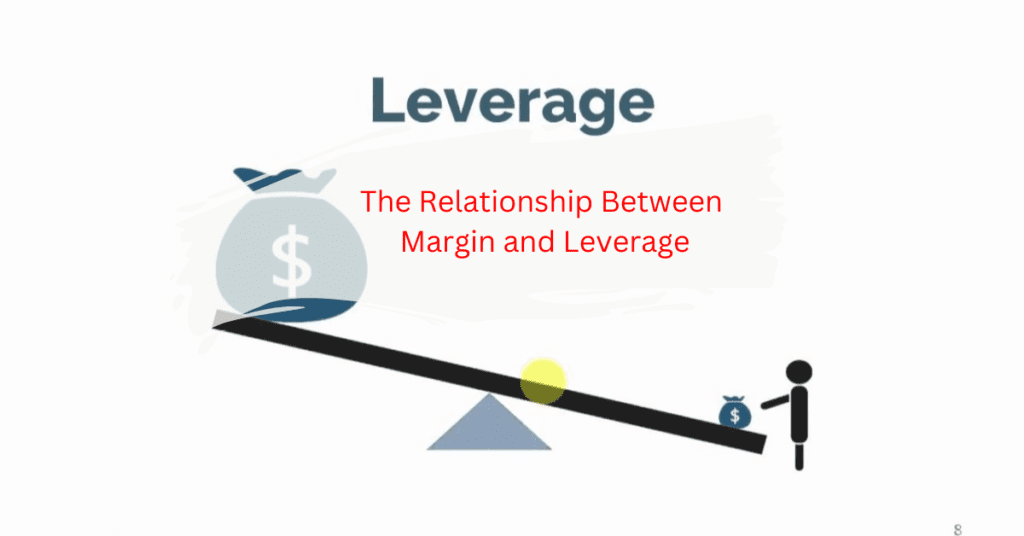Margin and leverage are closely related in the world of finance and are often used together when trading financial instruments, such as securities or foreign exchange (forex).
Margin refers to the amount of money that a trader must put up as collateral in order to open a trade using leverage. When trading on margin, the trader is essentially borrowing money from the broker to trade with. For example, if a trader wants to trade $100,000 worth of a particular security, but only has $10,000 of their own money to put towards the trade, they could use margin to borrow the remaining $90,000 from the broker.
Leverage, on the other hand, refers to the amount of borrowing that is involved in a trade. In the example above, the trader is using leverage of 10:1, since they are borrowing 10 times the amount of money that they have put up as collateral. Leverage allows traders to trade larger positions than they could otherwise afford, but it also increases the risk of losses, since the trader is using borrowed money.
To summarize, margin is the amount of money that a trader must put up as collateral to open a trade using leverage, and leverage is the amount of borrowing that is involved in the trade. The two are closely related, as leverage is typically expressed as a ratio of the borrowed amount to the amount of collateral.
Here is an example of how margin and leverage can work together:
Suppose a trader has $10,000 of their own money that they want to use to trade a security that is currently trading at $100 per share. The trader wants to buy 100 shares, which would cost a total of $10,000.
| Trade details | Margin | Leverage |
|---|---|---|
| Trade size | 100 shares | $10,000 |
| Trade value | $10,000 | 100:1 |
| Required margin | $1,000 | 10:1 |
In this example, the trader is using leverage of 10:1, since they are borrowing $9,000 from the broker in order to trade a position worth $10,000. The required margin is $1,000, which is the amount of money that the trader must put up as collateral in order to open the trade.
If the trade is successful and the security increases in value to $110 per share, the trader would be able to sell the shares for a profit of $1,000 ($110 per share x 100 shares = $11,000, minus the original investment of $10,000). If the trade is unsuccessful and the value of the security decreases to $90 per share, the trader would incur a loss of $1,000 ($90 per share x 100 shares = $9,000, minus the original investment of $10,000).
In both cases, the trader’s potential profit or loss is determined by the difference between the trade value and the original investment. Leverage allows traders to potentially increase their profits, but it also increases the risk of losses, since the trader is using borrowed money.

